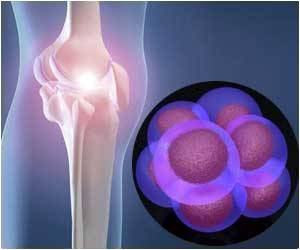Scientists have now developed a technique for people who lose control over their facial muscles.
Scientists have now developed a technique for people who lose control over their facial muscles.
People who lose control over their facial muscles have now got a new lease of life, for scientists have now developed a technique that could restore their ability to wink, and eventually may help them smile by implanting an artificial muscle in their temple.Developed at the University of California, Davis and SRI International, the technique has shown promising results on cadavers.
The researchers say that the novel technique may eventually help living people suffering from stroke, Mobius Syndrome, or battlefield injuries gain control over the muscles in their face.
"The concept is very exciting; thousands of people could benefit from this. Theoretically it could have a wide range of applications if it turns out to be useful," Discovery News quoted Wayne Larabee, a surgeon and editor of the Archives of Facial Plastic and Reconstructive Surgery, as saying.
One can lose the ability to control facial muscles in many ways-while those with Mobius Syndrome, are born without the ability to make facial expressions, others have facial tumors removed, and lose the nerve that extends out of the brain near the ear and spreads out on the face.
One of the most common and aesthetically pleasing options to restore a wink is to embed a small 1.2-gram, chip of gold in the eyebrow. The weight of the gold works to pull the eye closed, rather than relying on muscle.
Advertisement
"Our goal was to find a way to reanimate the face while minimizing the risk to patients," said Travis Tollefson, a surgeon at UC-Davis, who along with Craig Senders, have successfully tried the technique in human cadavers and gerbils.
Advertisement
Then the surgeons placed another sling at the lower eye by using the same incision for a lower eyelid reduction. Both slings are anchored by the nose, and attached to an artificial muscle hidden in the temple.
The artificial muscle used for the technique was three-layered and consisted of a soft acrylic or silicon center sandwiched between two layers of charged, FDA-approved black silicon.
When an electric current passes through the silicon it draws the two outer layers together, squishing the soft inner layer into four to five times its original size. This draws the sling back and closes the eye.
A similar set up could be used to draw up the corners of the mouth into a smile.
Source-ANI
ARU/L










